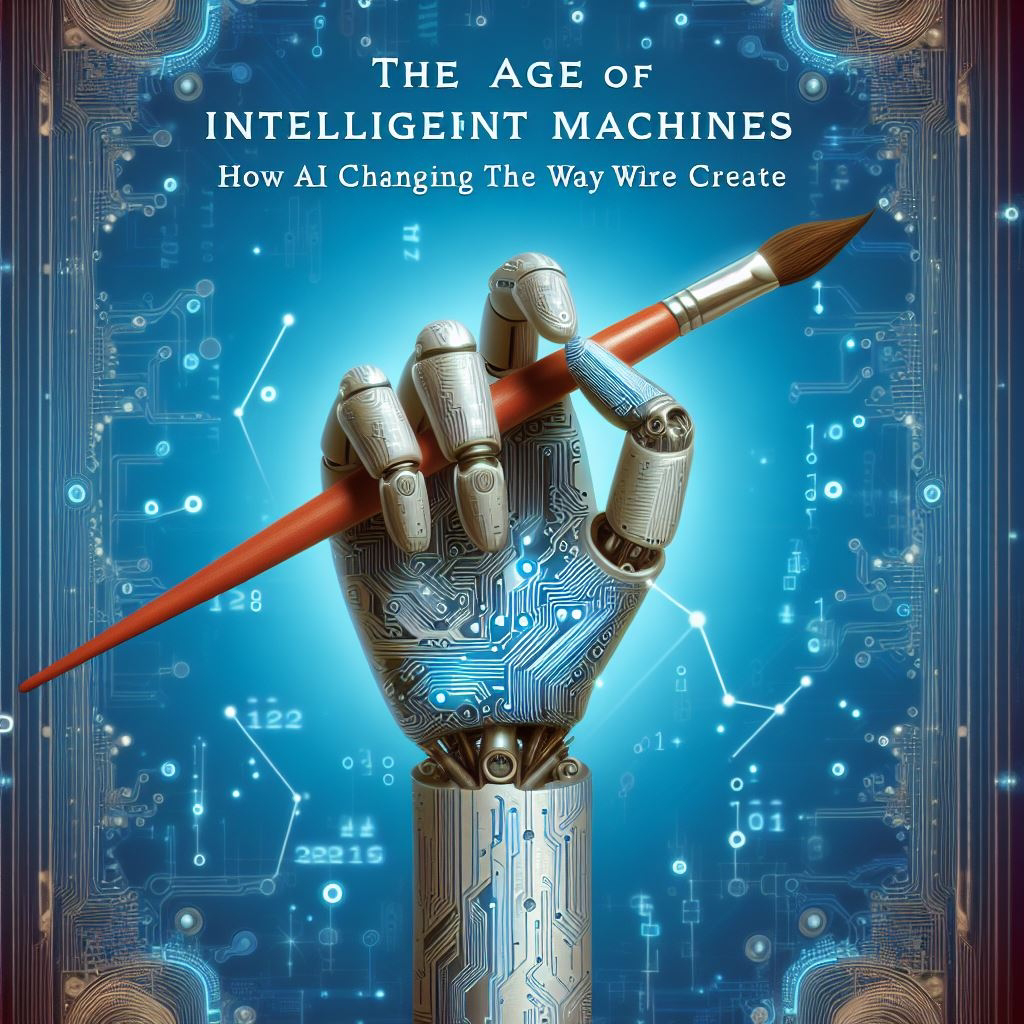Artificial intelligence (AI) is the science and technology of creating machines that can perform tasks that normally require human intelligence, such as reasoning, learning, and creativity. AI has been advancing rapidly in recent years, thanks to the availability of large amounts of data, powerful computing resources, and sophisticated algorithms. AI can now do things that were once considered impossible or unimaginable, such as beating world champions at chess, Go, and Jeopardy, recognizing faces and voices, composing music and art, and generating text and speech.
But what does AI mean for the future of creativity? Can machines be truly creative, or are they just imitating human creativity? How will AI affect the way we create and appreciate art, music, literature, and other forms of expression? And what are the ethical and social implications of AI’s impact on creativity?
These are some of the questions that Marcus du Sautoy explores in his book “The Creativity Code: Art and Innovation in the Age of AI”. In this book, he takes us on a journey through the history and future of AI, from its origins in mathematics and logic, to its current applications and challenges, to its potential and limitations. He also introduces us to some of the most fascinating and innovative examples of AI’s creative output, such as:
- The Pollockizer, a program that can produce drip paintings in the style of Jackson Pollock, the famous abstract expressionist painter.
- Botnik, a collective of writers and comedians who use AI tools to generate humorous and absurd texts, such as Harry Potter fan fiction, Yelp reviews, and presidential speeches.
- Emmy, a music-composing algorithm that fooled a panel of Bach experts by creating a new piece in the style of the Baroque master.
- Deep Dream, a neural network that can transform images into surreal and psychedelic visions, revealing the hidden patterns and associations that the AI learns from the data.
Du Sautoy argues that these examples show that AI can indeed be creative, but not in the same way as humans. He explains that AI’s creativity is based on two main processes: optimization and variation. Optimization is the ability to find the best solution to a given problem, such as playing a game, recognizing an image, or composing a melody. Variation is the ability to introduce randomness and diversity into the solution, such as changing the colors, shapes, or notes. These two processes allow AI to generate novel and surprising results, but they are not sufficient to achieve human-level creativity.
Du Sautoy contends that human creativity requires something more: understanding and meaning. He claims that humans create not only to solve problems, but also to express themselves, to communicate with others, to explore their emotions, and to make sense of the world. He suggests that AI lacks these aspects of creativity, because it does not have a sense of self, a sense of purpose, or a sense of context. He argues that AI does not know why it creates, what it creates, or how it relates to its creations. He concludes that AI’s creativity is limited by its lack of understanding and meaning, and that humans will always have an edge over machines in this regard.
However, du Sautoy also acknowledges that AI’s creativity is not static, but dynamic and evolving. He points out that AI is constantly learning and adapting, and that it may develop new and unexpected capabilities and behaviors. He warns that AI’s creativity may pose some risks and challenges, such as:
- The loss of human agency and autonomy, as AI takes over more and more creative tasks and decisions, and as humans become more dependent and influenced by AI’s output.
- The loss of human identity and diversity, as AI creates more and more homogeneous and standardized products and services, and as humans lose their sense of uniqueness and originality.
- The loss of human values and ethics, as AI creates without regard for the moral and social consequences of its output, and as humans lose their sense of responsibility and accountability.
Du Sautoy urges us to be aware and prepared for these risks and challenges, and to engage with AI in a responsible and ethical way. He also encourages us to embrace and celebrate AI’s creativity, and to use it as a source of inspiration and collaboration. He believes that AI can enrich and transform our creativity, by offering us new tools, new perspectives, and new possibilities. He envisions a future where humans and machines can co-create and co-innovate, and where AI can help us discover and unleash our own creative potential.

Comments
Post a Comment